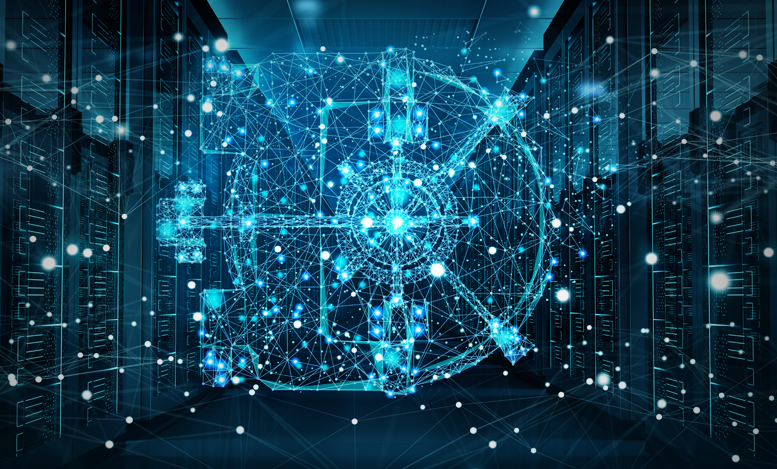Over the past year, the headlines have been packed with stories of data center security breaches—there have been high-profile attacks on government agencies, large well-known stores, creditors—the list goes on. Still common, though less reported, are attacks on small and medium businesses, where the data is just as sought after. These stories have become all too familiar, and it’s no secret that cyber attacks continue to increase in both frequency and sophistication.
Security breaches leave a devastating effect on a business’s reputation, as well as the business itself, and can potentially lead to the destruction of the business altogether. I read a report recently that said 50% of small businesses have been the victims of cyber attacks and that 60% of those breached go out of business. The repercussions that these gaps in security can have on your business are scary! We all know security is important, but how much attention do we really pay to cyber security? Cyber attacks are evolving—can we protect ourselves from a new type of attack before it happens?
One of the trends in cyber attacks that businesses have been experiencing is the change to more long-term, drawn-out attacks. Previously, someone would infiltrate the network, grab whatever information they could obtain quickly, and move on—it was over. What we’re seeing now is that some of these threats are laying in firmware for months, either waiting dormant or being used simultaneously, while companies are none the wiser. They don’t even realize they’ve been hacked until much further down the road. The impact of these drawn-out attacks is infinitely greater.
With the current climate, it makes sense Hewlett Packard Enterprise has intensified their efforts around security. Back in February, HPE announced the acquisition of the behavioral security analytics firm, Niara. The draw of Niara was the utilization of machine learning to quickly establish baseline traits for all users and devices and then find anomalies in user and device patterns or behaviors to detect a potential threat. HPE quickly integrated this feature into their Aruba Clearpass portfolio. Following the same path, HPE integrated the technology into their Gen10 servers as well.
I had the opportunity to attend HPE Discover in Las Vegas this past summer. Alain Andreoli, then SVP/GM of the Data Center infrastructure group, announced on stage, “We have definitively created the world’s most secure industry standard server.” This was a big claim – the most secure industry standard server in the world! Alain went on to explain that the Gen10 servers are locked from end to end. The server won’t even boot unless the firmware matches the fingerprint in the silicon—the silicon root of trust. Firmware in general was never designed to be secure. HPE addressed this: over a million lines of firmware code are running before the OS even starts up.
With Niara expanding from Clearpass to Gen10, it’s fascinating to see HPE Gen10 servers embedded with proactive detection. Your server is therefore not merely functioning as a server, but also as your very own data guard, spending its days in the background scanning itself for any changes in patterns or suspicious activities. If anything is detected, your Gen10 immediately puts itself into recovery mode—before anything was potentially compromised (back to when times were good).
The threats don’t seem to be going away any time soon, and the constant security failures that companies face are frightening and unfortunate. HPE’s achievements around security are a major differentiator. HPE is focused on giving customers peace of mind so they can focus on growth and advancement. HPE can legitimately say that they’ve created the world’s most secure industry standard server to offer end-to-end security solutions.

